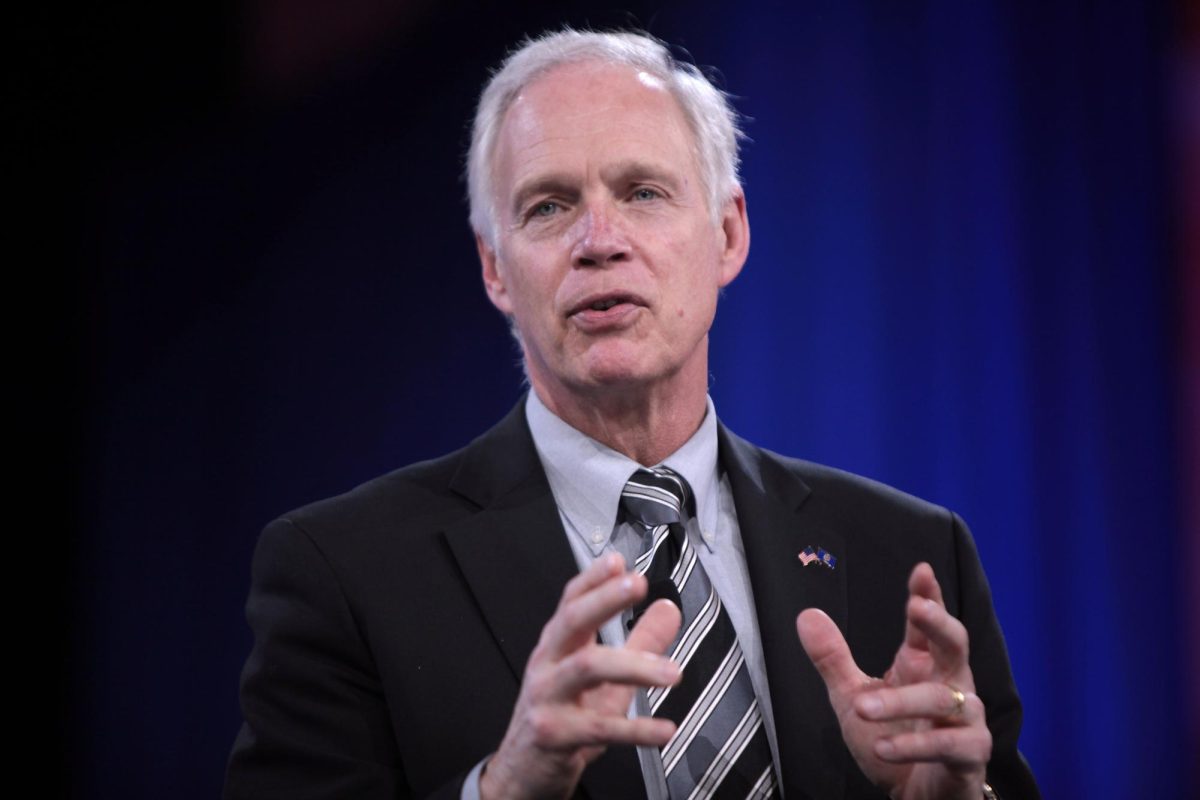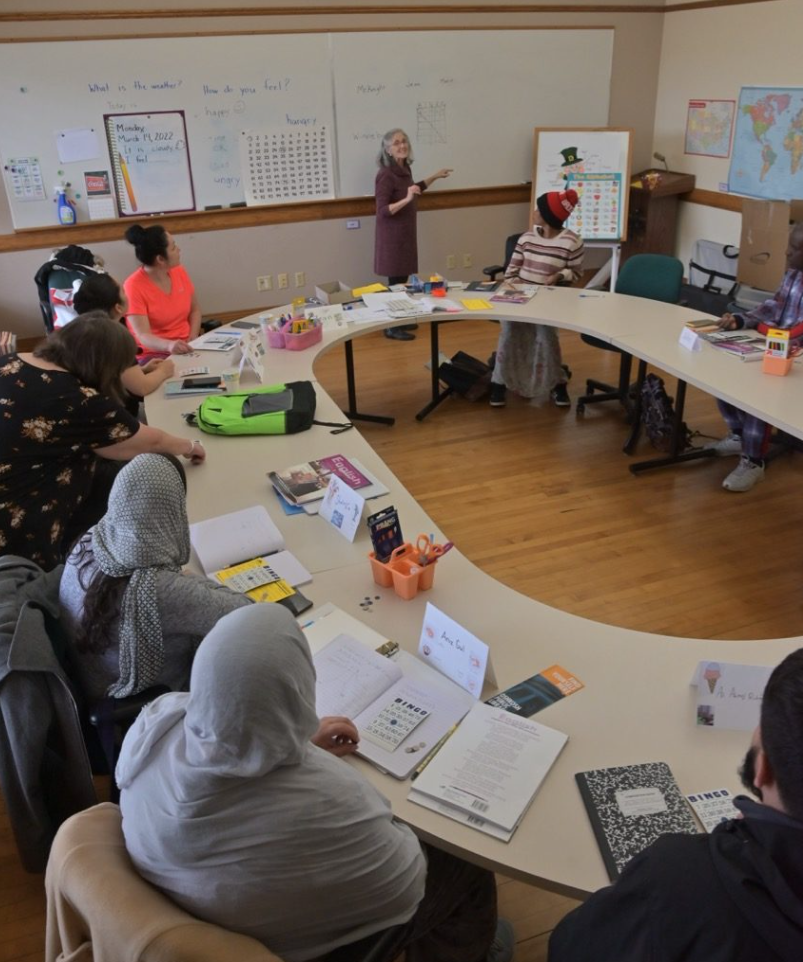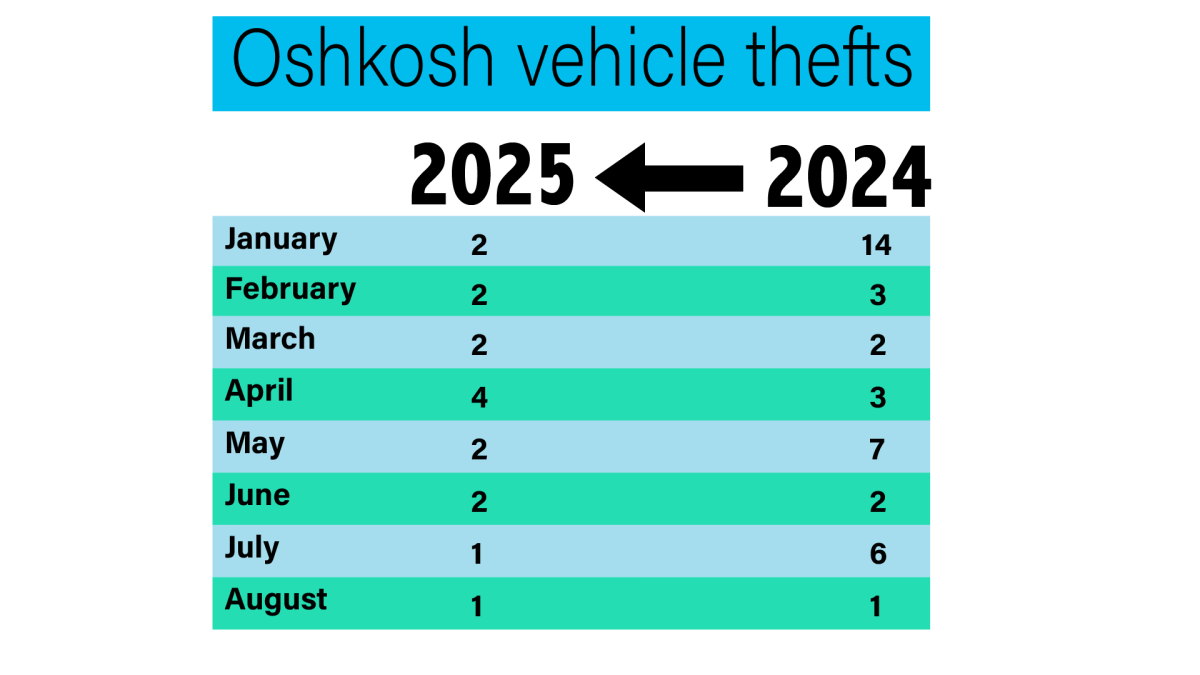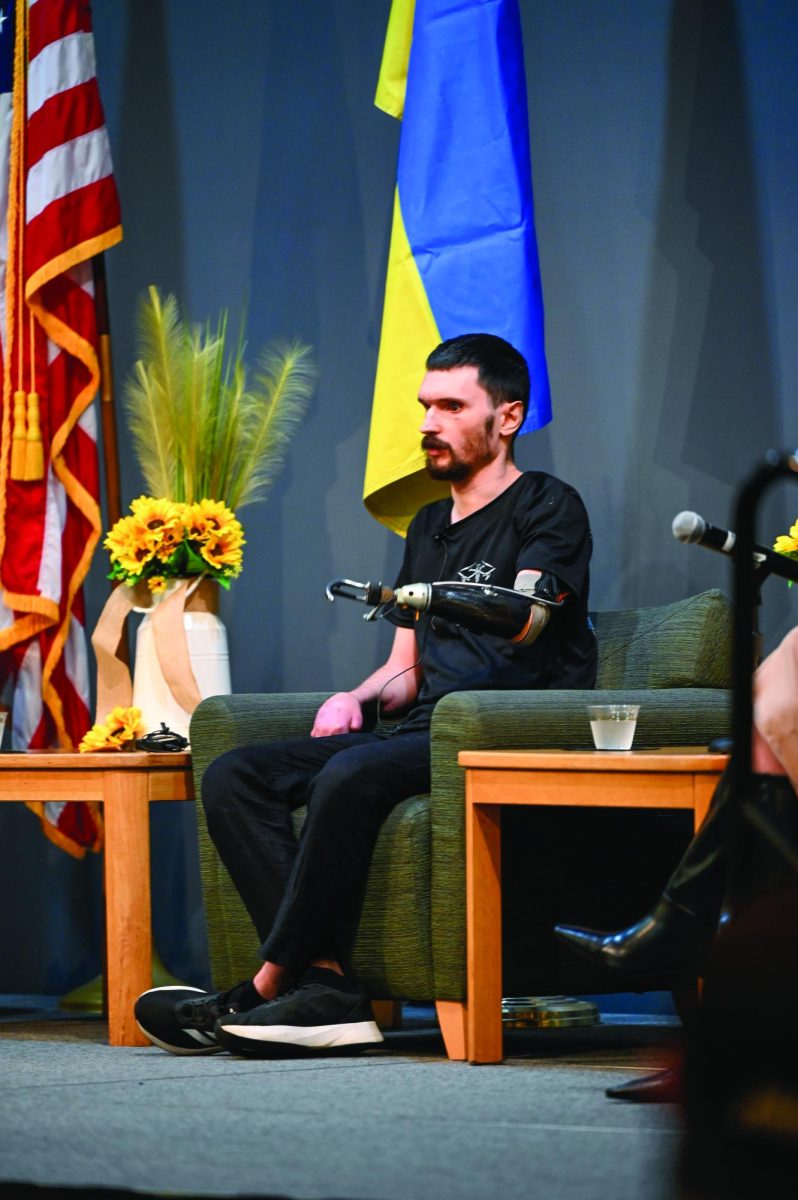Dr. Taviare Hawkins shared the struggles and triumphs she faced as she became the 50th African-American woman to earn a doctorate in physics as part of Black History Month on Feb. 23.
Hawkins is a professor at the University of Wisconsin-La Crosse, where she specializes in computational methods and experimental biophysics. However, her presentation focused on her life to this point and her own personal philosophies.
Hawkins said she grew up in the south side of Chicago, where she gained interest in school because of her brothers constant competition with her and her early teachers.
“They say that public schools don’t create scientists,” Hawkins said. “Well I like to disagree, they do. They create ground to navigate with your peers.”
Hawkins said her teacher, Mr. Benjamin, who worked at NASA while teaching, inspired her to work in astronomy.
“It was the first time I had a teacher who was active in research, but was also teaching,” Hawkins said. “It was exciting because when he came in and got excited about this aspect of science, you knew that he knew this stuff. I took away that you need to be excited for students in order to make it come to life.”
Hawkins said she went to the University of Iowa, still following her astronomy dream, but kept getting asked if she would be going on to graduate school.
“I hadn’t even thought of grad school,” Hawkins said. “Come on, the [bachelor’s degree] is hard enough. I was just going to get my degree, get a job and get out of there.”
Hawkins said it wasn’t until physics theorist Vincent Rodgers came to Iowa her junior year that she really considered graduate school.
“He would have me work [in Iowa] in the summertime,” Hawkins said. “I was really considering staying there, but I felt disconnected at Iowa because I realized besides Vincent, there was no one else who looked like me.”
Hawkins said she finished at Iowa, but then decided she needed a change in plans before continuing on.
“I packed up and went to New York City for the summer,” Hawkins said. “At least that’s what I thought I would do. I ended up staying there for three years.”
Hawkins said she was able to get a job after the saving and loan crisis in the 1990s at Resolution Trust Corporation due to her experience and degree in physics.
“[My boss] said, ‘You have that physics background, that makes you a problem solver naturally,’” Hawkins said. “Even though I wasn’t familiar with the housing market, he taught me those formulas because I wasn’t afraid of math and I am a quick learner.”
While Hawkins said she was making a good living from the jobs at Resolution Trust Corporation, she received a phone call from Rodgers saying he believed it was time for her to return to school.
“He said to me, ‘Are you tired of playing around? Are you ready to come back to physics,’” Hawkins said. “That’s the thing, you need to do it for people along the way, you need to do it for people behind you to push you.”
Hawkins said she was uncertain whether it was the right move to make and she had her reservations about it.
“I left physics in the first place because I felt like I was the only one,” Hawkins said. “I told [Rodgers] that I didn’t think I could to it, it was going to be hard. He told me ‘It’s going to be hard otherwise everyone would have a physics degree, but you have what it takes to do it.’”
Hawkins said in the end she visited Syracuse University to explore her options, but when she arrived, all of her paperwork had already been approved and was ready to go.
“It took me a long time to finish there,” Hawkins said. “Up until this point I only had other people trying to better me, but it was the push for me to have an interest in teaching.”
Hawkins said her big break was her position at Mount Holyoke College where she was able to conduct research and teach.
“Trying to do things the traditional way wasn’t working for me,” Hawkins said. “I told myself, I am going to take charge and write my own script. I felt like because it took me so long to finish I still felt doubtful of my abilities as a physicist and I still had more to prove.”
Hawkins said everything fell into place soon afterward, and came back to the midwest to teach at UW-La Crosse.
“I came back because you grow where you are planted,” Hawkins said.
UWO sophomore Paris Larson said she felt inspired by Hawkins’ journey to where she was now.
“I think her journey was sporadic,” Larson said. “She ended up where she need to be. She traveled everywhere, but still got what she needed to do. She definitely inspires women to be in science.”
UWO Black Student Union leader Byron Adams said his organization is proud to be a part of Hawkins’ visit to UWO to inspire students on campus.
“Our organization is bringing cultural awareness of African-American culture on campus,” Adams said. “One of our goals is to collaborate with different groups on campus, like what Hawkins shares with us.”
Hawkins said her biggest takeaway was that although there was a lot of questioning herself along the way, she persevered through all the obstacles.
“Even though people may not look like you, you can find allies in your work,” Hawkins said. “I think it is very rare for a minority to see people like them in this field of work. At this point in my life, however, I think they don’t need to look like me, they just need to give me what I need.”
Hawkins said she had to keep telling herself she could achieve all of her goals, but doesn’t mind that the journey took as long as it did.
“We just keep doing it, getting through that next door,” Hawkins said. “In the end of it all, when you’re sitting back and reflecting, I’ve learned you really need to define happiness for yourself.”








